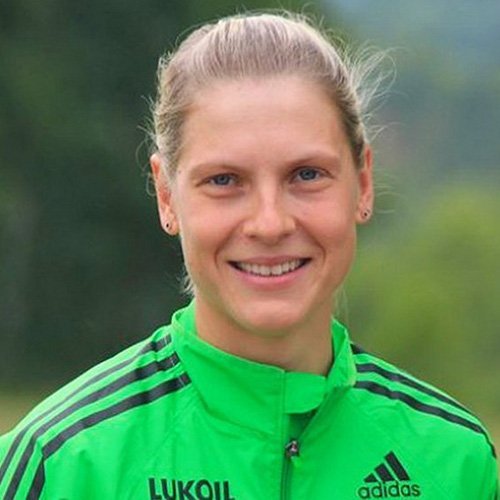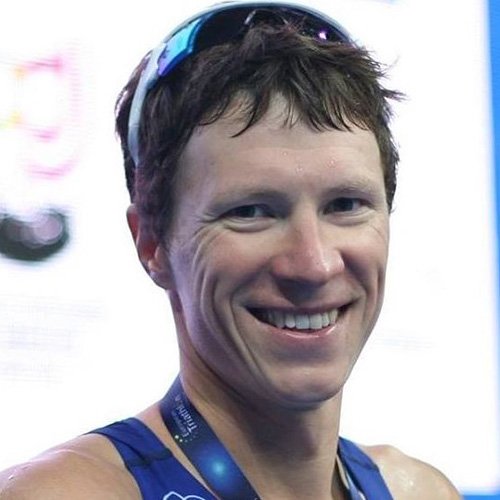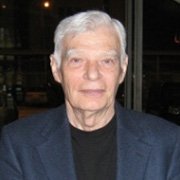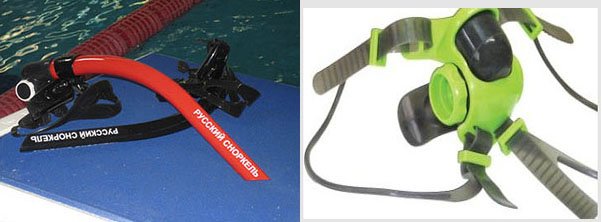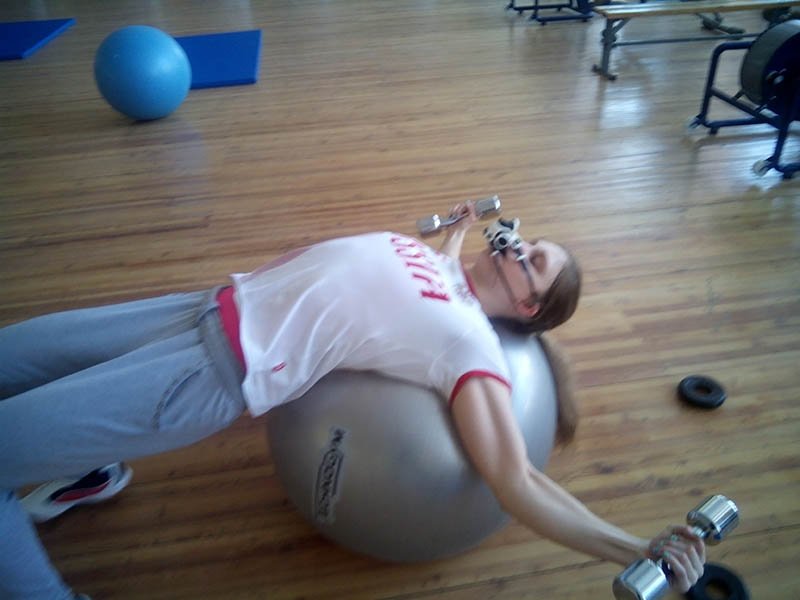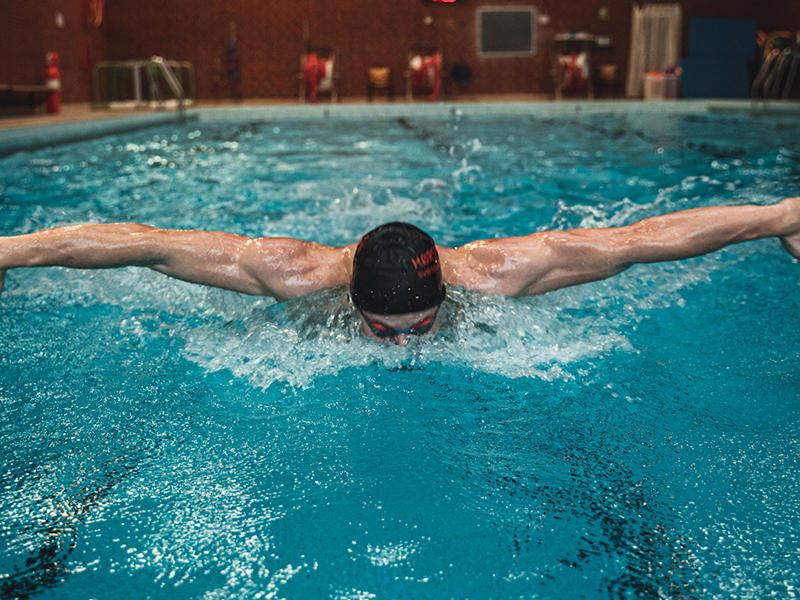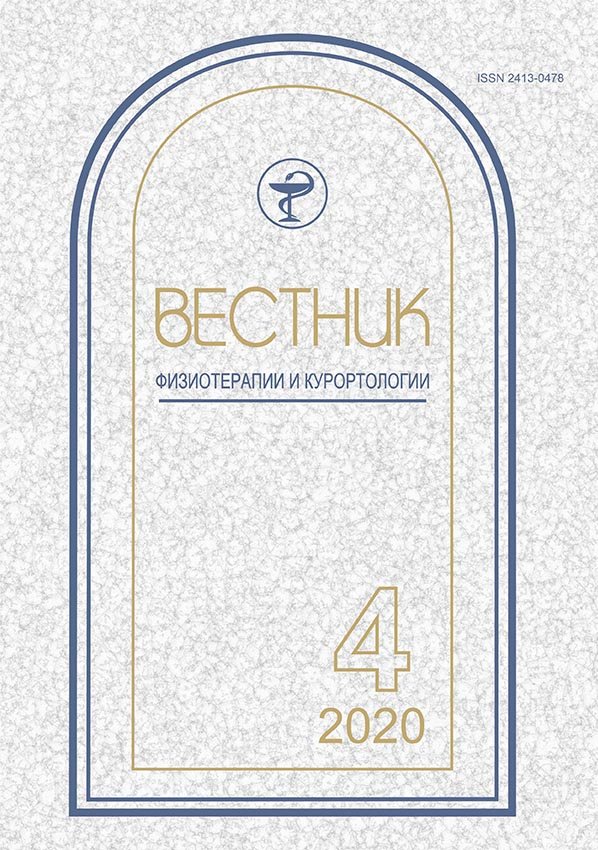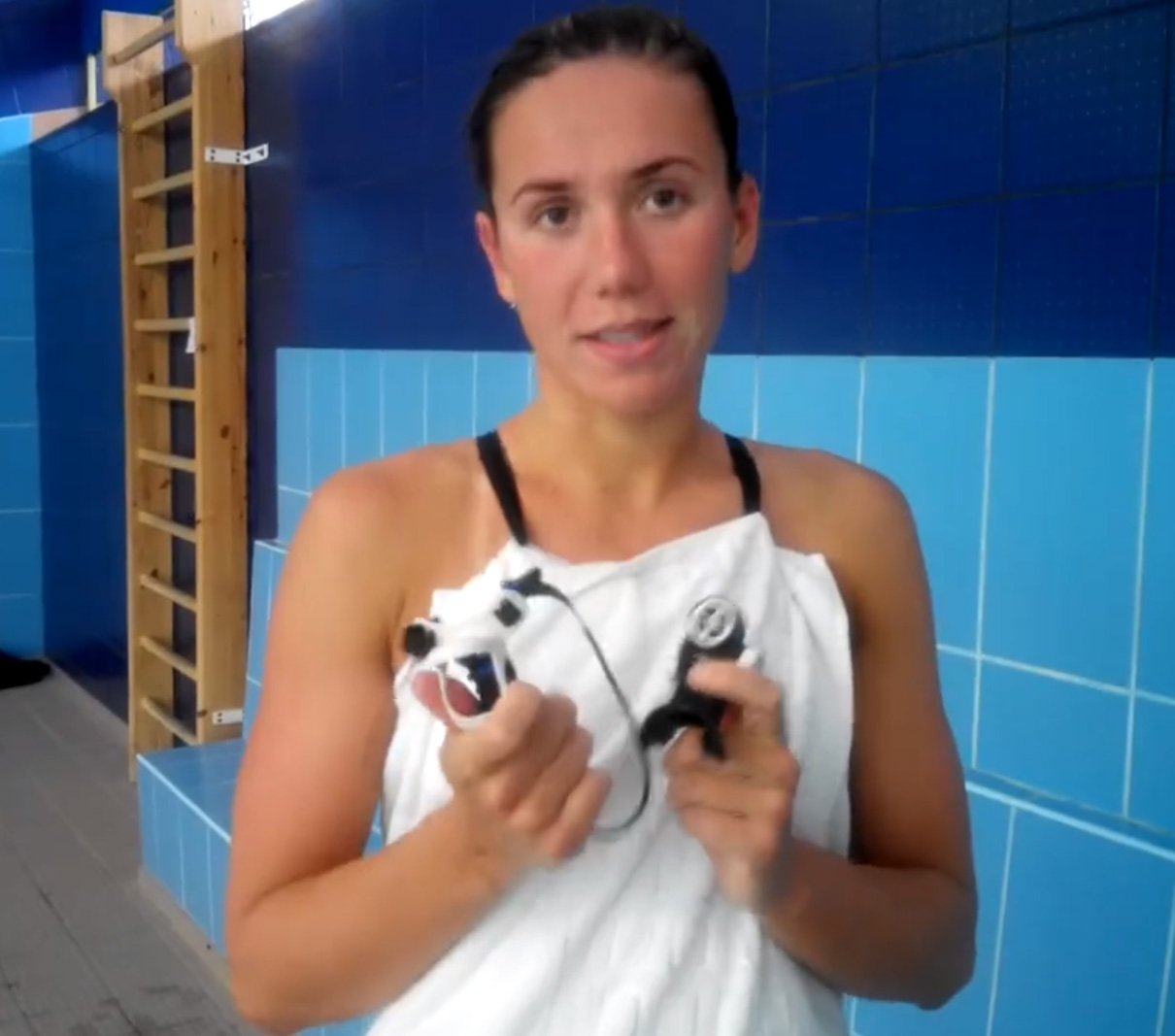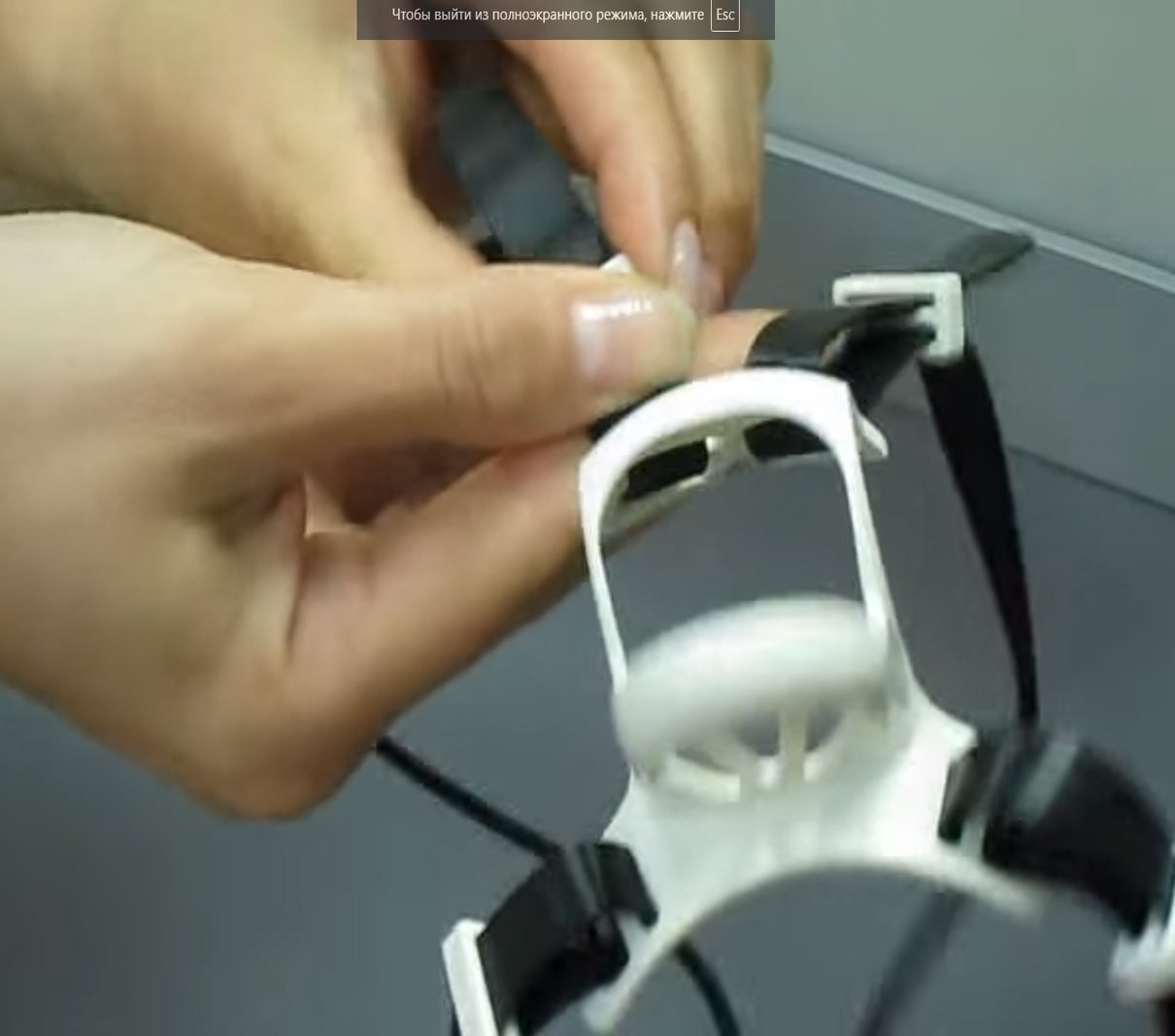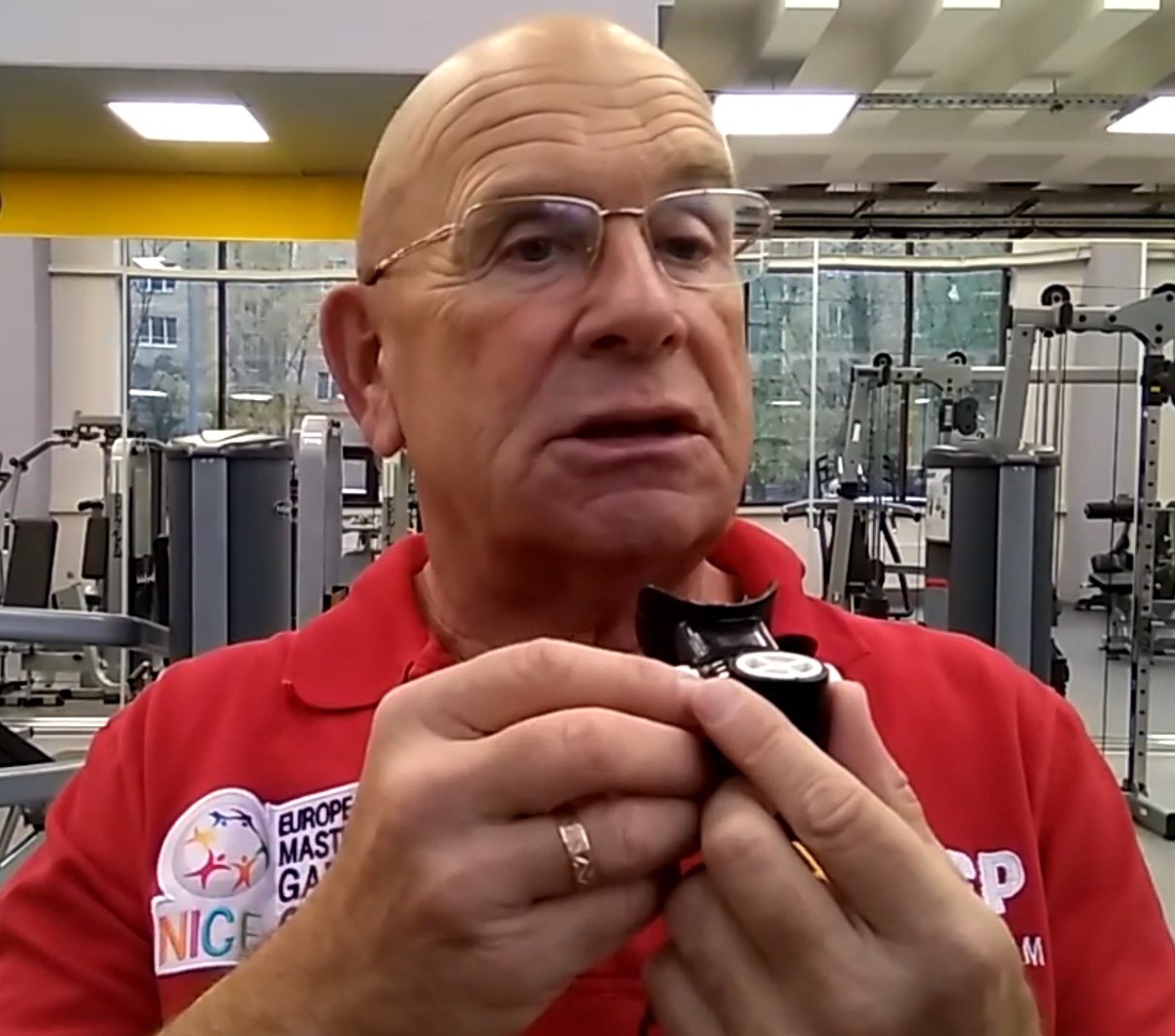Formation of «proper breathing» at muscle-strengthening training or in the «gym» with the «Novoe dykhanie» exerciser.
Dyshko B.A., Docent of Biological Sciences, vice-president of Sports Engineering Association, Moscow
A sound mind in a sound body. Who would argue that?
However according to the sports medicine statistics no less than 50% of «iron pumping game» fans suffer from cardiac abnormalities by the age of 40.
One of the main reasons causing such abnormalities is «wrong breathing» during muscle-strengthening training.
It is known that the main accent at breathing should be made on exhale, not on inhale. In this case the air coming into the lungs from the atmosphere is mixed in the lungs with less quantity of residual air where the oxygen concentration is significantly less and carbon dioxide concentration is notably higher than one in the inhaled air. As far as the exercise intensity grows breathing rate increases and respiration depth decreases.
It is also known that the combination of breathing phases with movements can be conditionally characterized as «anatomic» and «biomechanical» ways of breathing.
Anatomic breathing method is realized in movements, where inhalation corresponds to chest capacity enlargement and exhalation causes chest capacity diminution (i.e. morning exercises, warming up exercises, etc.).
Biomechanical breathing method is realized in movements, where exhalation happens in the most muscle-strengthening exercises and inhalation – in relative relaxation stages.
Thus, in rowing exhalation happens while paddling and inhalation – while pulling down. Famous «smashing» and break through hits and knocks in Oriental martial arts are also performed on the accented exhalation.
Biomechanical method of breathing organization is used in sports where movement frequency is relatively low (rowing, swimming, skating, etc.). The higher movement frequency is the most difficult one to realize among all methods of breathing.
Properly organized breathing during muscle-strengthening training in the «iron pumping game» plays an important role. So what kind of breathing is the proper one?
The athlete usually makes a strong inhale, locks breathing and performs the exercise.
Yes, breath-holding at straining effort increases strength but extremely affects the cardiac muscle at the same time.
If you perform 1-2 repeats in a set the negative affection is short-term and is not resulted in cardiovascular diseases. However a set with several repeats has quite other consequences. A cumulative effect of harmful affections to athlete’s health takes place. Ischemia, arrhythmia and many other cardiac diseases risks increase.
The worst of it is that the breath-holding leads to instant blood pressure build-up. In the course of time elevated blood pressure stands as a constant symptom, transforms into hypertension and leads to cerebrovascular accidents and infarcts.
The breath-holding results in worse blood supply for the brain to initiate vomiting. Typical fans’ habit to exercise knee bending to end up in vomiting only means that the training critically affects the heart.
The breath-holding during trainings with sports requisites may result in ophthalmopathy and even in loss of sight according to the article statement of research workers from Brazilian Catholic University (Universidade Católica de Brasília) published in magazine "Archives of Ophthalmology".
The research also showed that 90% of those who held breath when performing exercise experienced increased intraocular pressure on the inhale. Those who had regular breathing the percentage value reached up 62%.
On the basis of this data the research workers draw a conclusion that long term weight-lifting exercises may contribute to initiation or progression of glaucoma — disease related to high intraocular pressure. Too long and intensive exercises may result in gradual affection of visual nerve that contributes to visual impairment followed by loss of sight.
It is prohibited to hold breathing when performing sets with several repeats with the utmost weights. An exhale must be performed instead of it. It is especially important for those who want to rapidly «pump up» strength and increase the muscle bulk.
This fact is related not only to training sessions in a gym. Never hold on breathing at a critical point when performing any heavy work. It is recommended to make a strong exhale instead of it.
However this quite clear information is unknown to many fans of power lifting training. Personal body-building instructors also do not possess such information.
Sports medical staff does not advice «iron pumping game» fans to lock the inhale.
Moreover sports medicine is confident that the rhythmic breathing is one of the main conditions for muscles build-up.
Breathing «locking» (straining effort) leads to reduced blood flow in the working muscle and this cannot be useful. Furthermore the oxygen is an important agent of muscle growth. The more oxygen is present in blood the better situation is. Frequent breath-holding during muscle-strengthening training reduces oxygen level in blood up to minimal point resulting in faintness.
Watch your breathing all the time during trainings until you work out its rhythm automatically. It is necessary to perform one full inhale-exhale during one repeat.
It would be correct from the technical point to make inhale before the first repeat, exhale on the phase of maximum tension and inhale on the negative movement phase.
That is why one of the main tasks of «safety measures» when working with poundage is the rhythmicity of breathing.
Amateurs often hold their breathing for the whole repeat that is a severe mistake. This contributes to violation of exercise technique and to blood pressure affection.
The «Novoe dykhanie» respiratory muscle exerciser for sport on the move can help you form proper breathing rhythmicity (www.sporttec.ru).
The operating principle of the respiratory exerciser is based on simultaneous use of physical and physiological factors
- adjustable mechanical resistance to air flow on expiration
- low-frequency vibration of air flow on expiration
- physical exercise intensity.
Variation and interaction of the factors boosts adaptation effect of a sportsman body functional systems adjustment for the chosen activity or sports event.
The main thing is that your attention is concentrated not only on the weight to lift but on the necessity to exhale during the maximal tension phase, which will be «announced» by a specific sound «tr-tr-tr» (vibration during the exhale) (feedback).
It means that besides the formation of «proper!!!!» breathing rhythmicity you get an opportunity to train respiratory muscles and cardiorespiratory system on the whole.
It is known, that untrained expiratory muscles may «steal» up to 70% of inhaled oxygen from the muscles, used in motional act, decreasing effectiveness of its execution and effectiveness of the work of basic functional body systems.
Design features of the exerciser «enforce» you to inhale more deeply when performing the exercise.
Respiratory depth is practically directly connected with respiratory muscles activity. Thus, if respiratory depth is 30-40% of lung capacity, diaphragm and inner and outer intercostals muscles are activated. If respiratory depth is 40-65% of lung capacity, major pectorals, pectoral-clavical-mastoidal muscles, scalenus, toothed muscles are activated and if respiratory depth is 65% of lung capacity, almost all pectoral arch muscles and prelum abdominale are activated.
The exerciser enables you to improve cardiorespiratory system of the athlete without changing of exercise technique to increase training efficiency, stamina and working efficiency.
The exerciser application during trainings speeds up restorative process of external respiration and cardiovascular system parameters during interval-discrete training.
How to use the «Novoe dykhanie» exerciser for muscle-strengthening training?
The recommended time of the exerciser application for AMATEURS/BEGINNERS within 1 exercise is 2 repeats of 3. We recommend doing the third repeat without the exerciser.
For PROFESSIONALS we recommend to use the exerciser all three repeats.
If you have 8-10 trainings per week – use the «Novoe dykhanie» exerciser every other training. If 2-3 trainings per week – apply every training.
Total number of exercises – no more than 15-17, after the course continue regular training session. It is recommended to resume the exerciser application in 10-14 days.
ATTENTION!!!! It is prohibited (!!!!) to use the «Novoe dykhanie» exerciser for unfit persons (beginners) at the maximal weight.
Examples of exercises with the «Novoe dykhanie» exerciser.
AMATEUR
- warm-up with the exerciser 2-3 min.
- training with the exerciser, the first repeat with the exerciser, recovery with the exerciser, the remaining repeats – without the exerciser.
PROFESSIONAL
- warm-up with the exerciser 7-10 min.
- training with the exerciser.
If you have not above 3 repeats in one exercise – all the repeats with the exerciser, preferably for the main muscle groups. Recovery between the repeats without the exerciser.
If you have above 3 repeats – three repeats with the exerciser, remaining ones without the exerciser.
Recovery between the exercises without the exerciser.
It is preferably that you use pulse sensor. Hold on training at the pulse of 170 bpm and start up the recovery.
GOOD LUCK!!!!! KEEP PROPER BREATHING!!!!









